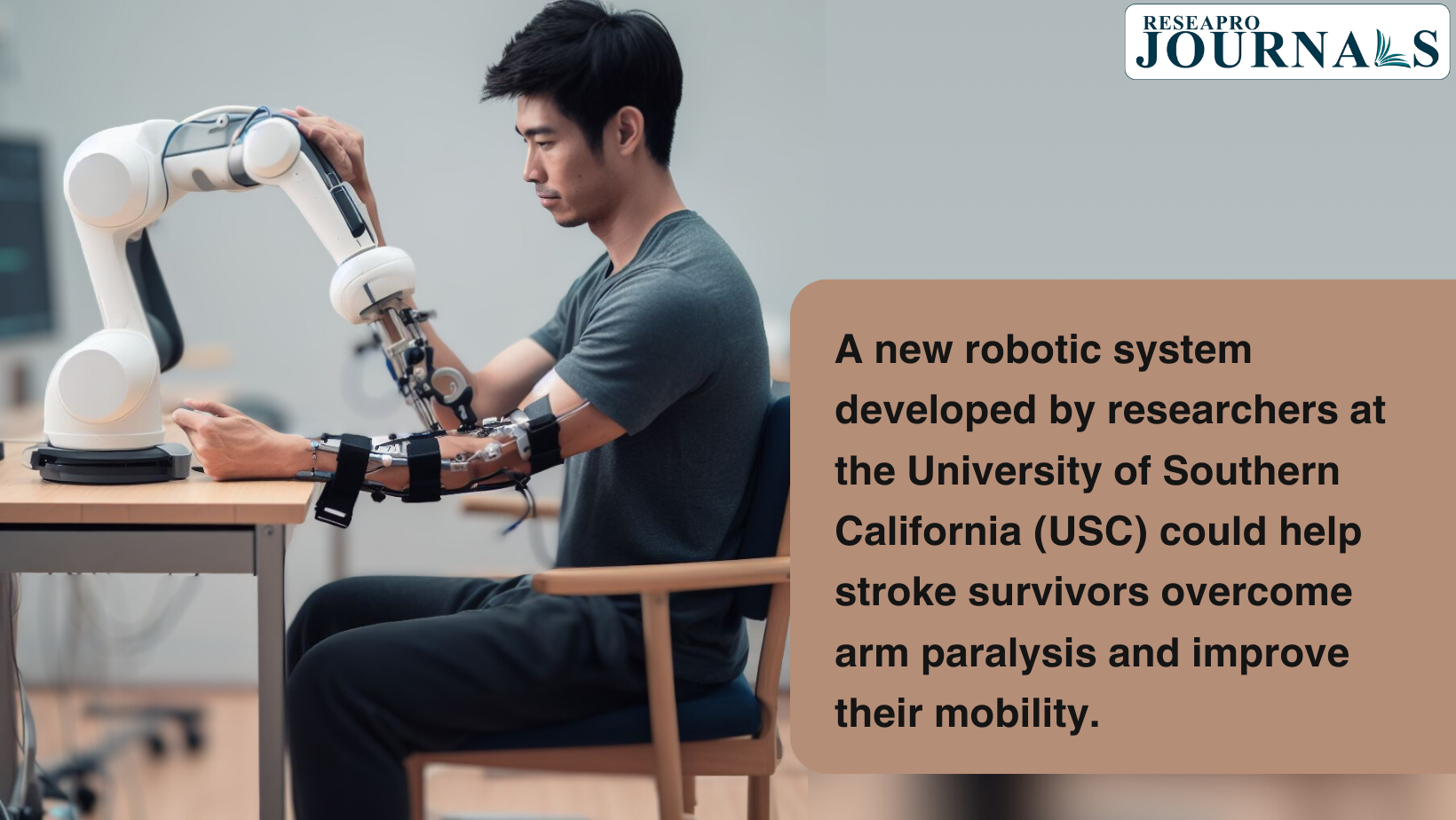A new robotic system developed by researchers at the University of Southern California (USC) could help stroke survivors overcome arm paralysis and improve their mobility. The system uses a combination of robotics and machine learning to assess a patient’s arm use and provide personalized rehabilitation exercises.
Stroke is a leading cause of disability worldwide, and many survivors experience some degree of arm weakness or paralysis. This can make it difficult to perform everyday tasks, such as eating, dressing, and bathing.
Traditional methods of assessing arm use after stroke are often subjective and rely on observation by a therapist. This can lead to inaccurate assessments and make it difficult to track a patient’s progress over time.
The new robotic system developed by USC researchers is designed to overcome these limitations. The system uses a robotic arm to track a patient’s movements as they reach for targets located in different parts of their workspace. Machine learning algorithms then analyze this data to generate an objective assessment of the patient’s arm use.
The system also incorporates a socially assistive robot (SAR) that provides instructions and encouragement to the patient throughout the assessment process. This can help to reduce anxiety and improve the patient’s overall experience.
In a recent study, the USC researchers tested the new robotic system with 14 stroke survivors. They found that the system was able to accurately assess the patients’ arm use and identify those who were underusing their affected arm.
The researchers believe that the new robotic system could be a valuable tool for stroke rehabilitation. It could help therapists to better understand their patients’ needs and provide more personalized treatment plans.




